After incremental updates in 2018 and 2019, the MacBook Air returned to prominence in 2020 with upgraded internals, a new keyboard, and a price drop to boot.
Apple last updated the MacBook Air in 2019, which brought a slightly updated keyboard, a True Tone display, and a price drop. These were well-intentioned upgrades, but nothing all that substantial. It remained our most recommended Mac, but folks were underwhelmed and looking for more.
For 2020, Apple hasn't redesigned the machine as it did in 2018, but it has delivered where it matters.
Graphics have been upgraded to the new Intel Iris Plus from the Intel UHD 617. This provides better graphics performance and it enables support for 6K external displays. Support includes 6K displays like Apple's Thunderbolt 3 Pro Display XDR, even if choosing a $5,000 display to use with a $1,000 machine is a bit unlikely today.
That support is less for today, and more for tomorrow. Support for 6K displays is a degree of future-proofing that should ensure this machine and its descendants remain relevant and useful for years to come.
Across the board, the processors have been upgraded to the new 10th-generation Intel chips which have delivered a boost in performance, but we will dive into that a bit further down in this text.
Base storage at the entry-level has doubled from 128GB to 256GB and the max configurable storage at the high-end has also been doubled to 2TB. This is important considering that the MacBook Air still doesn't have user-upgradable storage.
Apple has also swapped the keyboard, moving away from the scandal-ridden butterfly key switch to the tried-and-true scissor-switch mechanism.
To top it off, the price has also been dropped by $100.
That means before we even get into the increased performance, those picking up a new MacBook Air are getting a more reliable, higher capacity, more graphically-capable machine for less money.
2020 MacBook Air benchmarks and performance
For this review, we purchased the entry-level 1.1Ghz dual-core i3 model with 256GB of internal storage and 8GB of RAM.
Apple's 2019 MacBook Air shipped with the sole option of a 1.6Ghz dual-core Intel Core i5-8210Y. The 2020 iteration has a lower-clocked 10th generation 1.1Ghz dual-core i3-1000NG4. Both are two-core, four-thread processors.
If going for the base model MacBook Air, Geekbench 5.1 scores were averaging 1074 and 2412 in the single and multi-core tests respectively. That is notedly up from the 740 and 1663 results we achieved on the previous generation. Depending on workflow, the 1.1GHz quad-core i5 and 1.2Ghz quad-core i7 can push the performance even further.
During the graphics Compute test in Geekbench 5.1, the new model earned a 5853, handily above the 711 our 2019 Air earned. This isn't surprising, given the gap in performance between the Intel UHD Graphics 617 in the previous generation, versus the much more capable Iris Plus graphics in the newer chip. The new machine supports 6K displays — it had better be more powerful than before.
To see how that impacts real-world tasks, we exported a six-minute 4K video from iMovie in the default settings. The previous generation machine took just over ten minutes and nine seconds while the new, more powerful machine managed it in only six minutes and two seconds.
We increased the quality to best, and on this test the 2020 MacBook Pro took 13:39 to finish while the 2019 consistently failed the test at the nine-minute mark.
While the processors and graphics got a boost, the same can't be said for the SSD. The MacBook Air (2019) received a slightly slower SSD than the 2018 model and this new 2020 machine sticks to the same. The 2020 achieved write speed of around 1029MB/s and read speeds roughly 1270MB/s.
Apple's new scissor keyboard is on the 2020 MacBook Air
Keyboards are highly subjective, so, a little context is important. We're not giant fans of typing on glass, like the iPad. We didn't have a major problem typing on Apple's butterfly keyboard that was introduced with the 2016 MacBook Pro — but it wasn't a favorite of ours.
Strictly speaking about that typing experience, the 2016 MacBook Pro keyboard design, and iterations, are polarizing. Where the 2012 through 2015 design had the entire expression of keyboard like and hate, the 2016 through 2019 weighed more heavily on the outside very positive and very negative parts of any given opinion graph, with very, very few folks in the "this is great" zone.
The 2019 MacBook Air had Apple's last generation of butterfly keyboard. It effectively had the same typing feel as the 2015 MacBook and 2016 MacBook Pro keyboard did, albeit a bit quieter with a new membrane.
In regards to reliability, Apple's reliability changes worked. Our collated service data has shown that the first-year failure rates on the third generation butterfly keyboard are roughly identical to the 2012 through 2015 model. How well this holds up over time remains to be seen, though.
The key actuation on the new MacBook Air is the same as the 16-inch MacBook Pro. It is punctuated by a soft click, most similar to the mid-2019 noise versus any other, if a bit quieter. Where the 2015 design noise was more from the key bottoming out the switch, if you press slowly, you can feel where the click is on the new computer, before hitting the bottom of the chamber. Still gone is the clackety-clack of the original 2016 MacBook Pro keyboard, and you'll never mistake this keyboard for a desktop mechanical model.
In our testing, we had a baseline of 36 dBa of ambient noise measured with a Kanomax model 4431 audiometer, with the test gear at head height and distance. Typing on the 2016 MacBook Pro with no other CPU load brought that up to about 43 dBa. The highest we could manage on the MacBook Air 16-inch MacBook pro with a particularly angry bout of random key-mashing was 40 dBa.
So, all told, the new keyboard, the same Magic Keyboard found in the 16-inch MacBook Pro, feels solid to type on. There is slightly more key travel, about 1mm, and it is quieter — all improved versus the 2019.
Should you buy the new 2020 MacBook Air?
The 2019 MacBook Air was excellent, but many held off due to the lack of a real processor upgrade and because of the keyboard drama, warranted or not.
We don't see those issues with the 2020. The price has dropped by $100 at the entry-level making it a better value proposition, has a a significant boost in processing speeds, has improved the graphics, replaced the keyboard, doubled the base storage, and delivers a new max storage option.
Because of a ll this, this updated MacBook Air has emerged as the go-to for nearly everyone. It has just enough power, in just the right size, with just enough storage, at just the right price to fit the bill.
Unless you are one who specifically needs the graphics and processing power of a MacBook Pro, or you want to go more minimalist and choose an iPad Pro, the MacBook Air (2020) is absolutely the machine to pick up.
The most obvious upgrade is more on-board storage. A close second is doling out the cash for the i5 model, to eke out more performance for minimal cost.
Pros
- Same sleek design
- Improved Magic Keyboard
- Significantly faster processors across the board
- New lower starting price
- Increased storage on low-end model
Cons
- No Wi-Fi 6
- Still no upgradeable storage or RAM — but these probably aren't coming back
Rating: 4.5 out of 5
Where to save on the 2020 MacBook Air
Apple's new MacBook Air is on sale, with the latest MacBook Air deals at your fingertips in the current AppleInsider 2020 MacBook Air Price Guide. Along with savings on every 2020 model, closeout markdowns are available on last-gen models, with discounts of up to $300 off 2019 MacBook Airs.
 Andrew O'Hara
Andrew O'Hara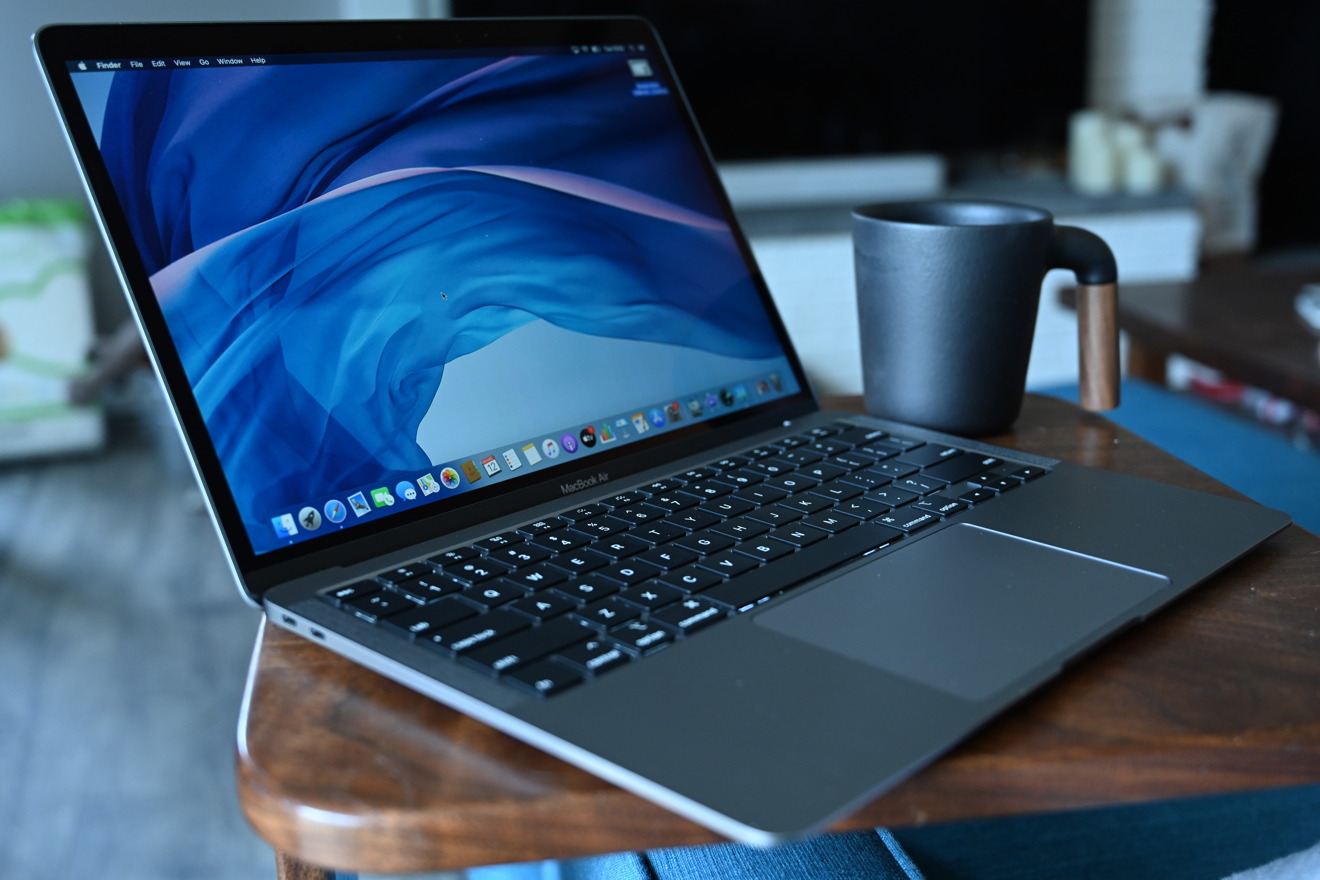
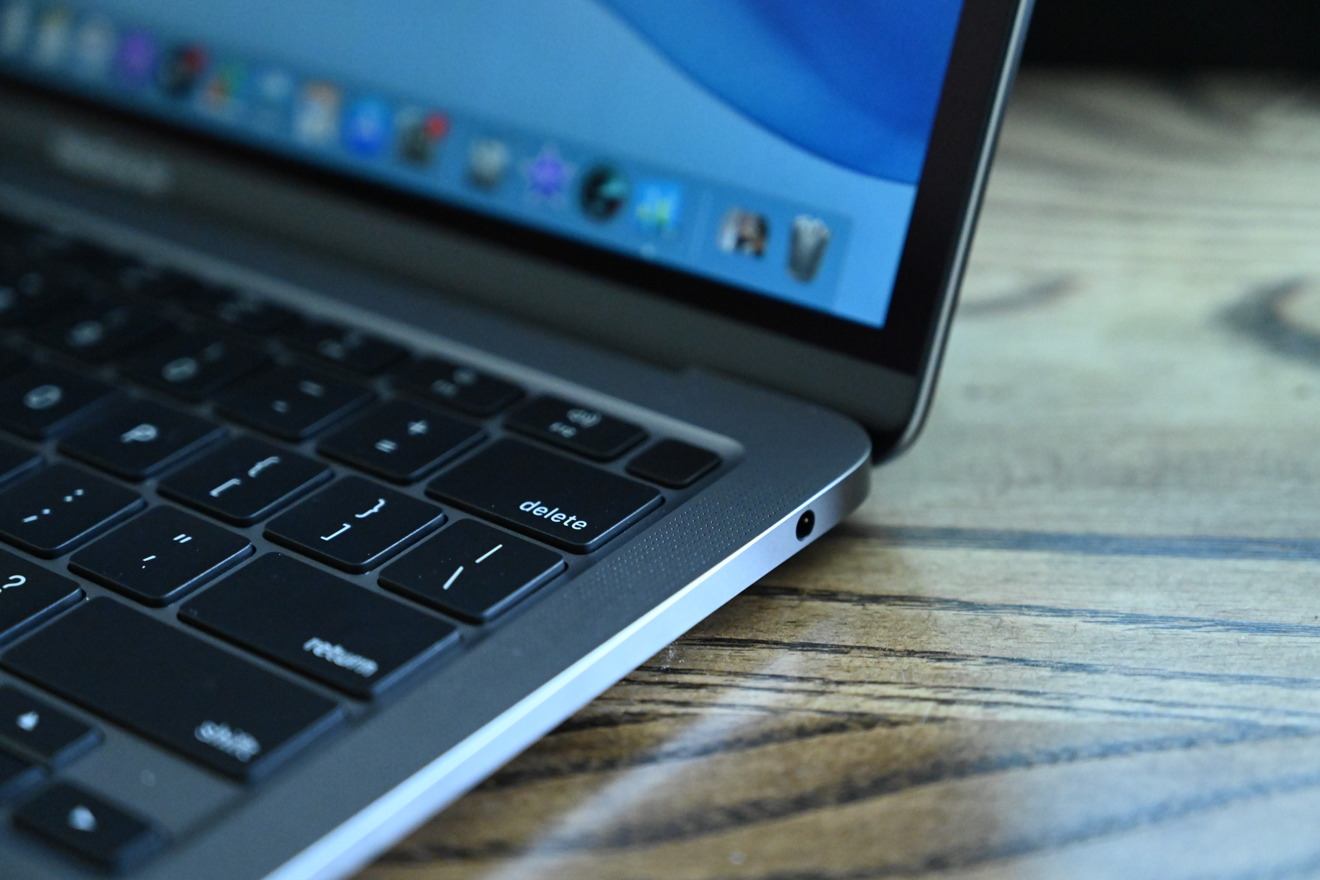
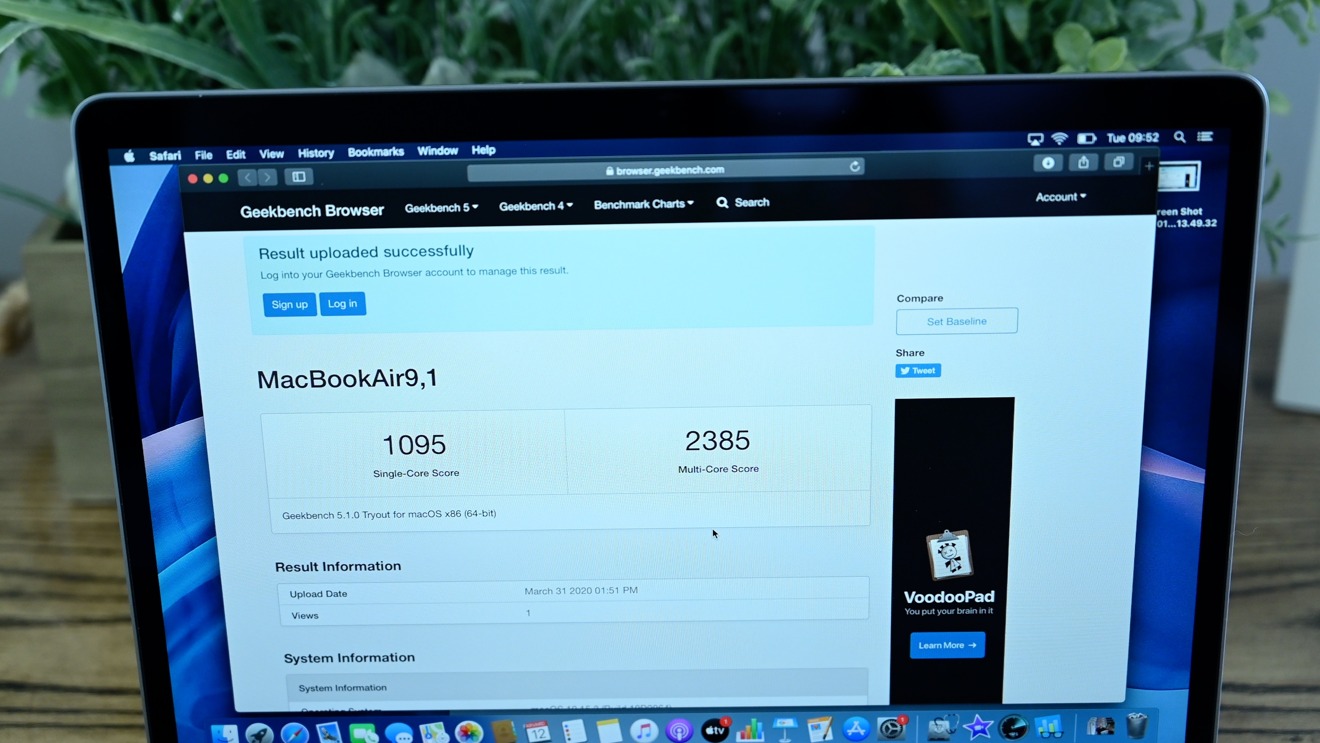
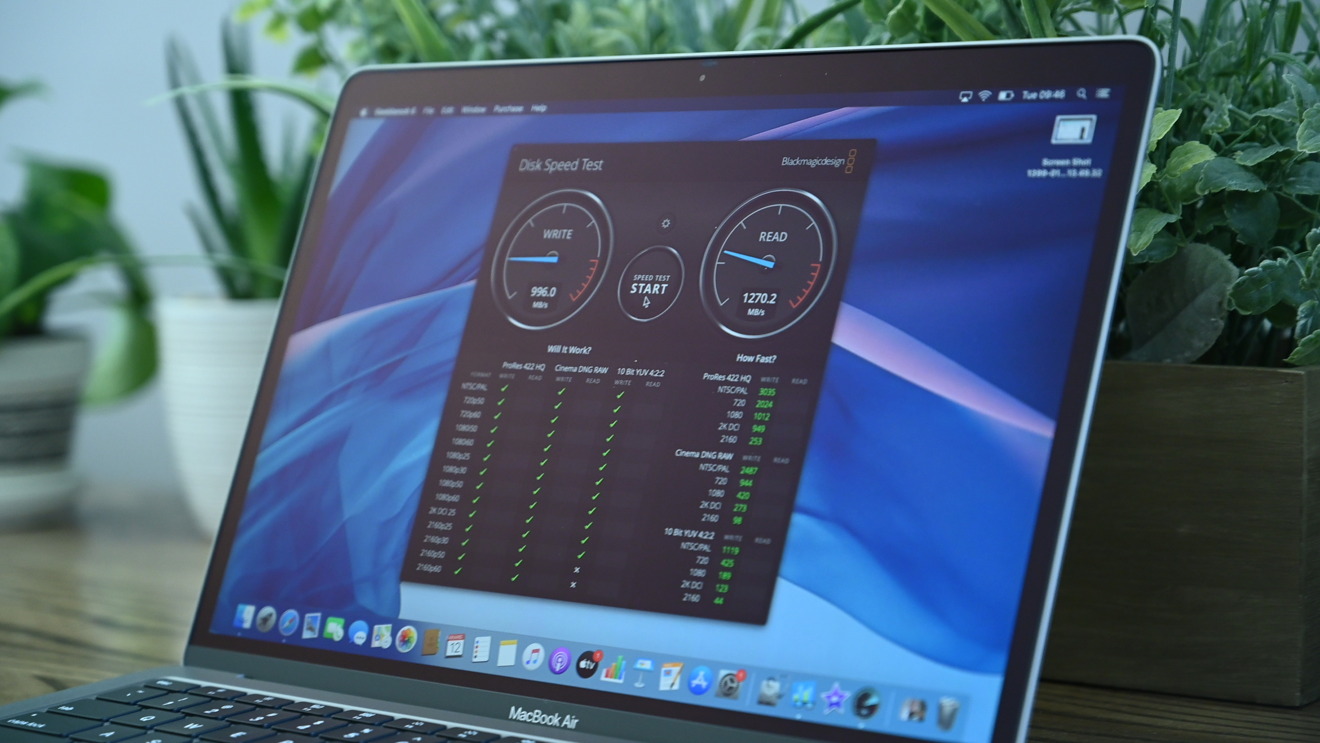
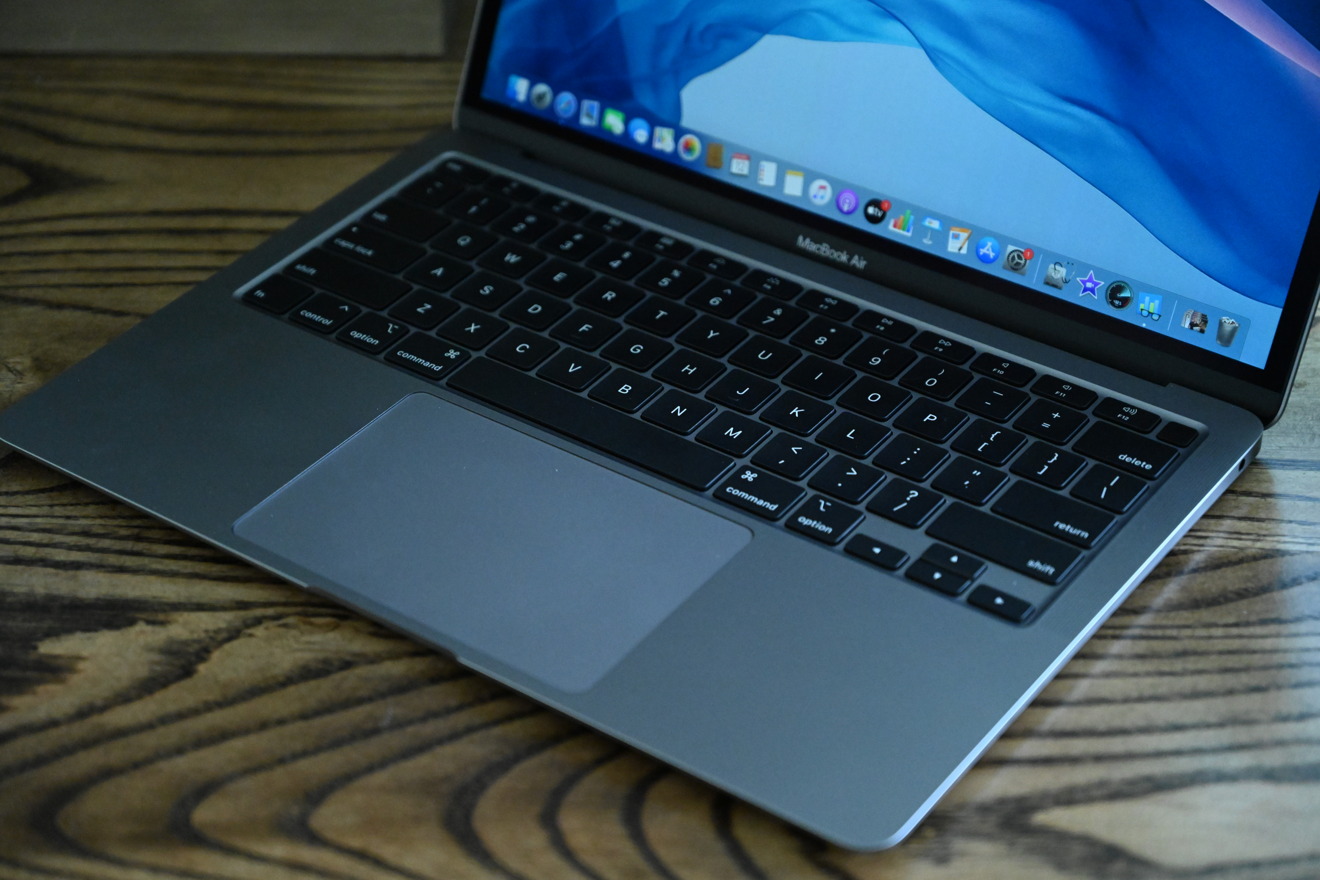

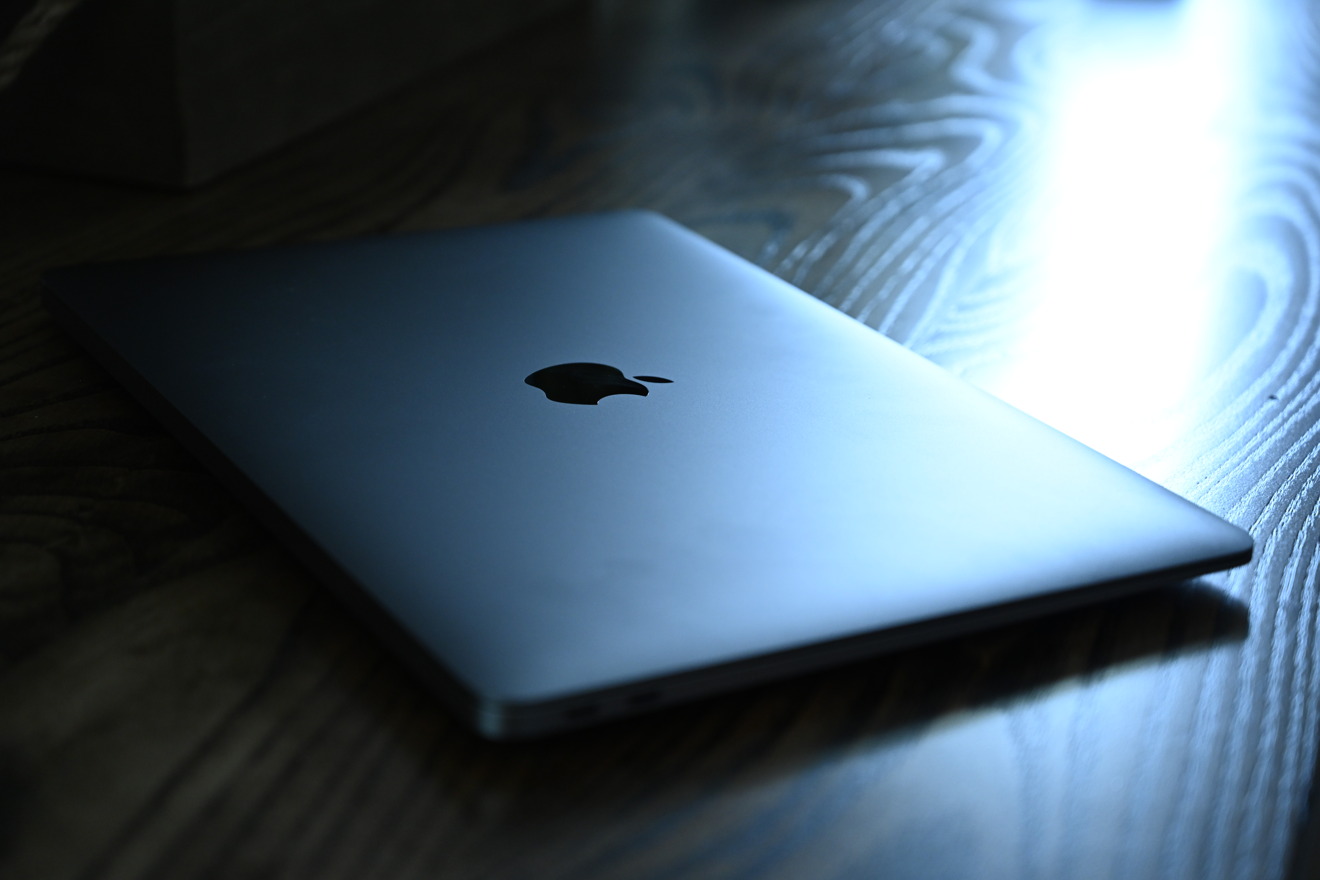







-m.jpg)






 Marko Zivkovic
Marko Zivkovic
 Christine McKee
Christine McKee
 Andrew Orr
Andrew Orr

 William Gallagher
William Gallagher

 Mike Wuerthele
Mike Wuerthele
 Bon Adamson
Bon Adamson




-m.jpg)



20 Comments
Nice video!
That’s not great, but not bad when considering the lower price, and upgrades elsewhere.
2020 Macbook Air becoming GOTO laptop, will repeat iPhone 11 kind of success. In next upgrade, add one additional port(on right side) and whatever else part of evolutionary upgrade.
"Still no upgradeable storage or RAM - but these probably aren't coming back"
While this design might arguably justify onboard storage and ram for uber consumer portability, it didn't stop the prior models from being user upgradable, even as late as 2017.
If people buy (into) this then will Apple have any incentive to offer user adjustable RAM/storage for such in the future ?
Will buyers not miss it, until they do ? Does onboard storage have any security & data (tracking) considerations, perhaps considering increasing VPN use...?
Are the 27" iMacs the only option left for those wanting component flexibility on a modest 'seat' budget ?
Hopefully there will be testing of the top multi-thread (8 core) option for both speed and heat / noise soon...